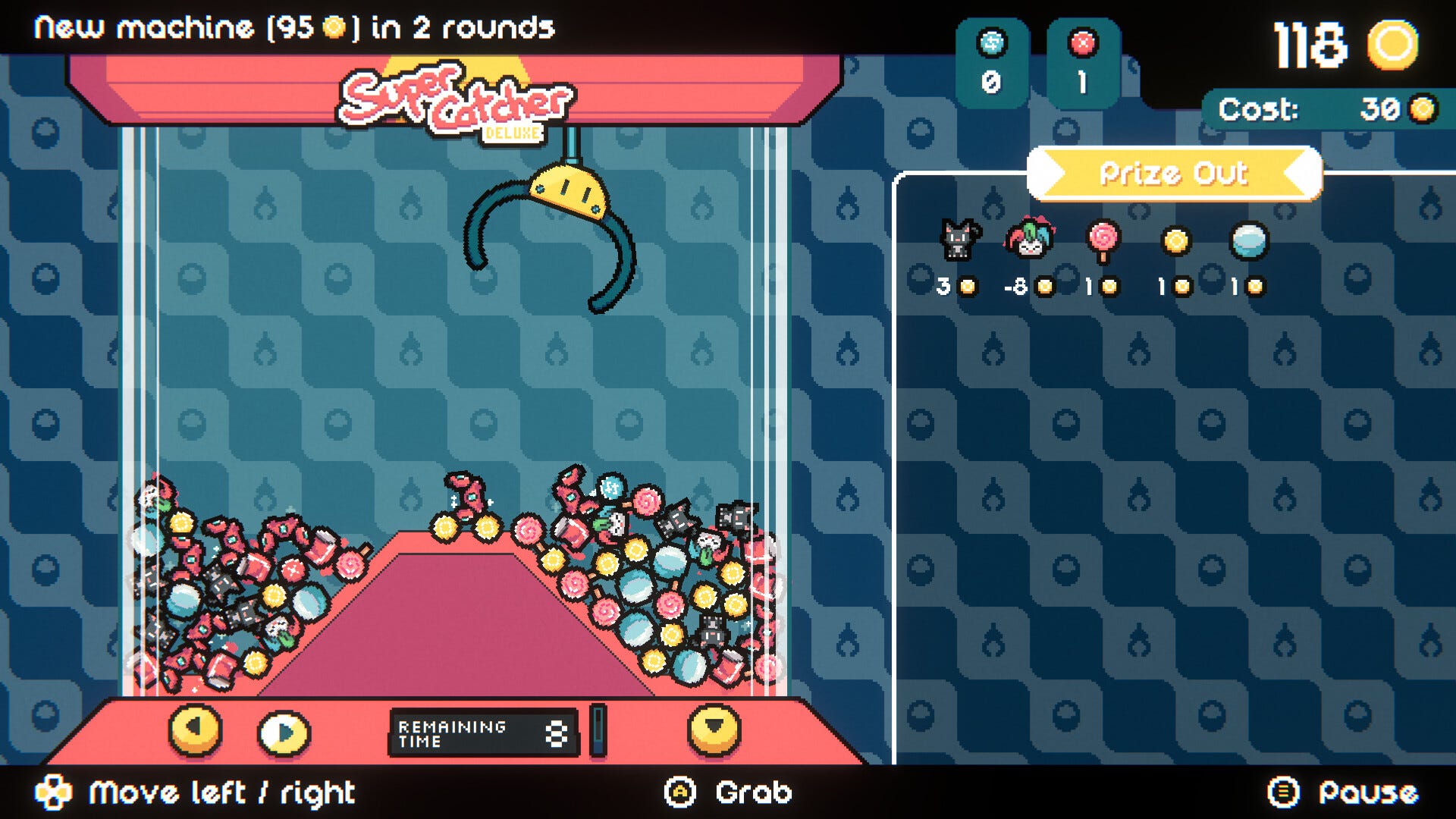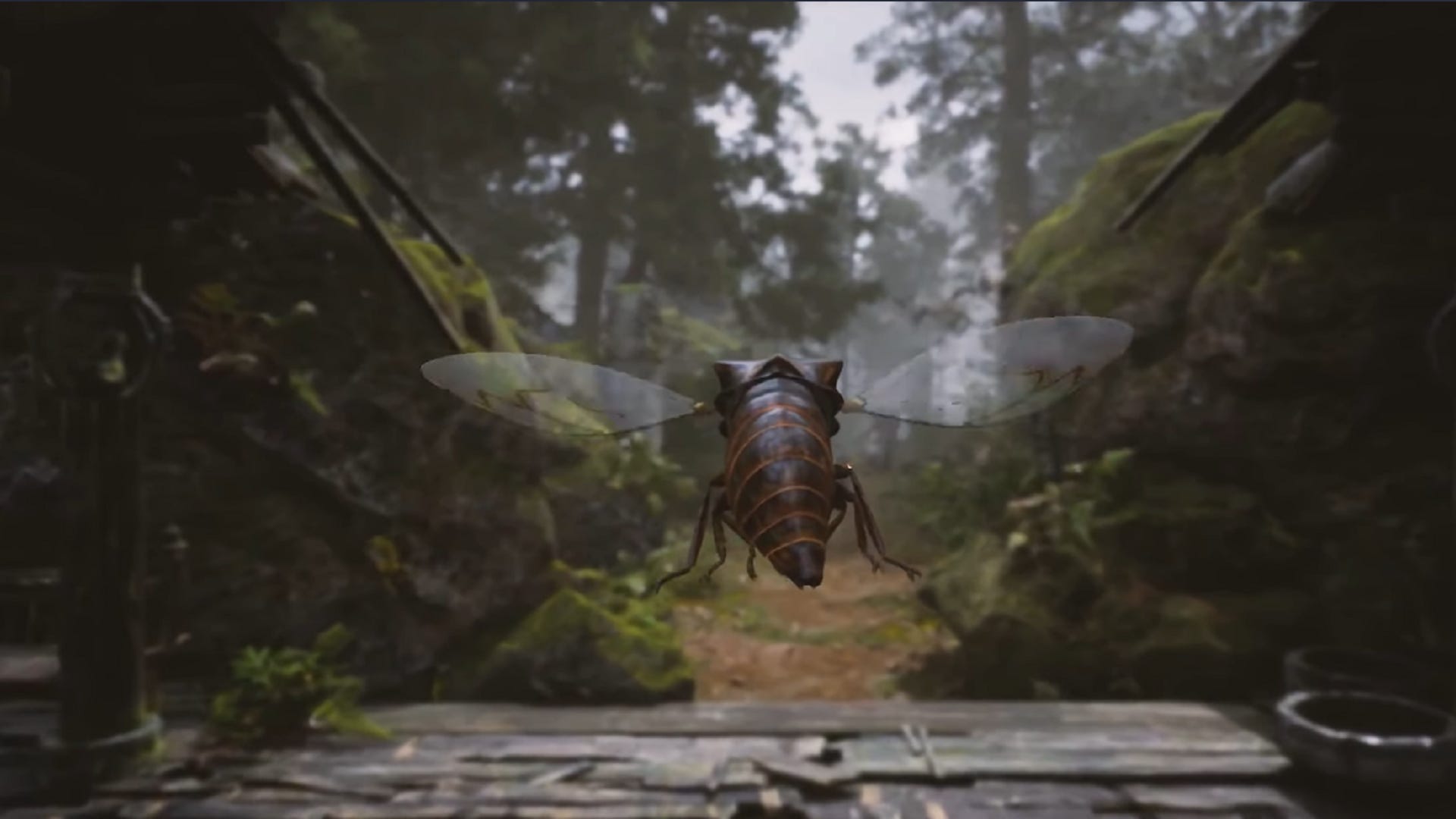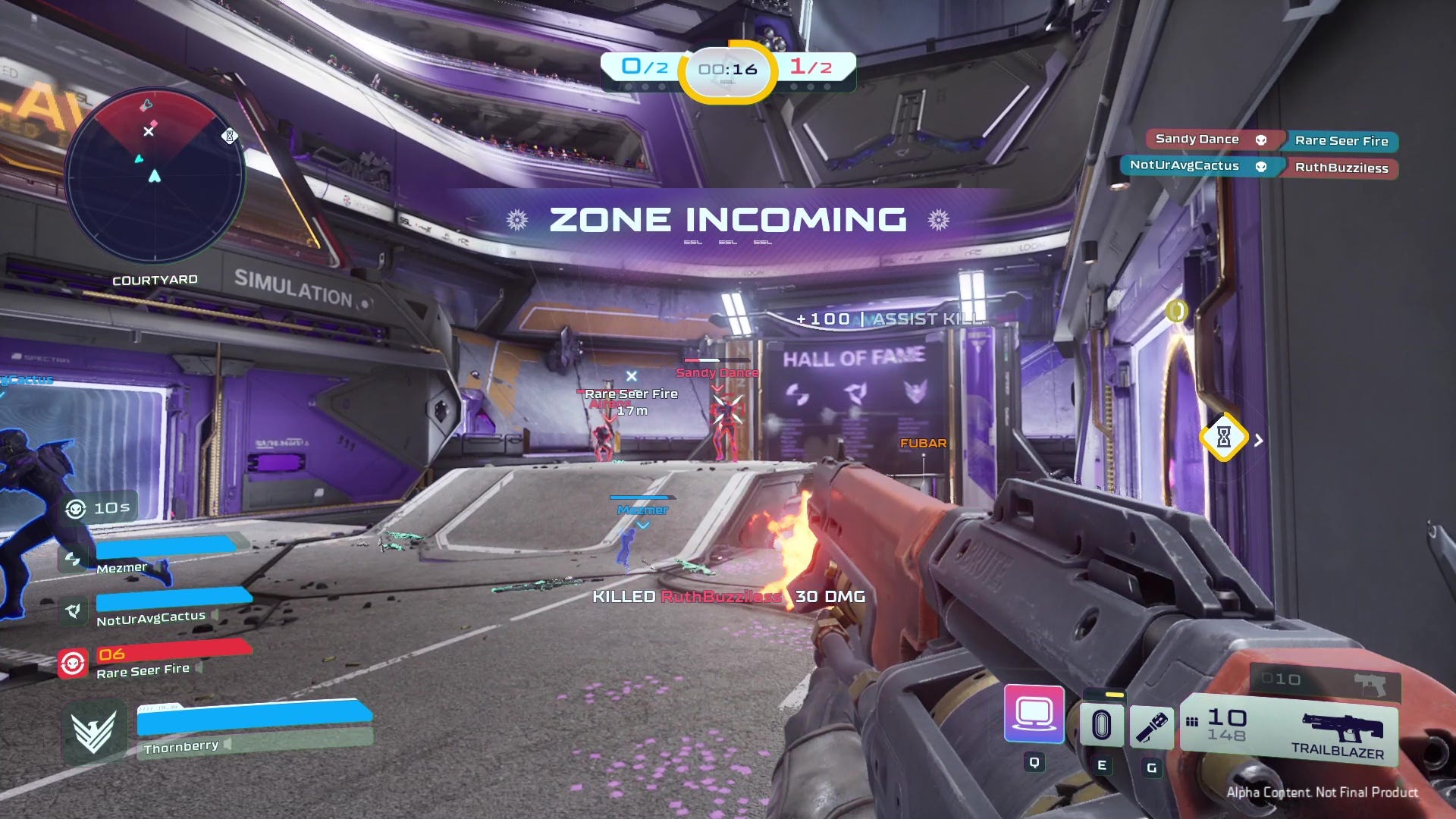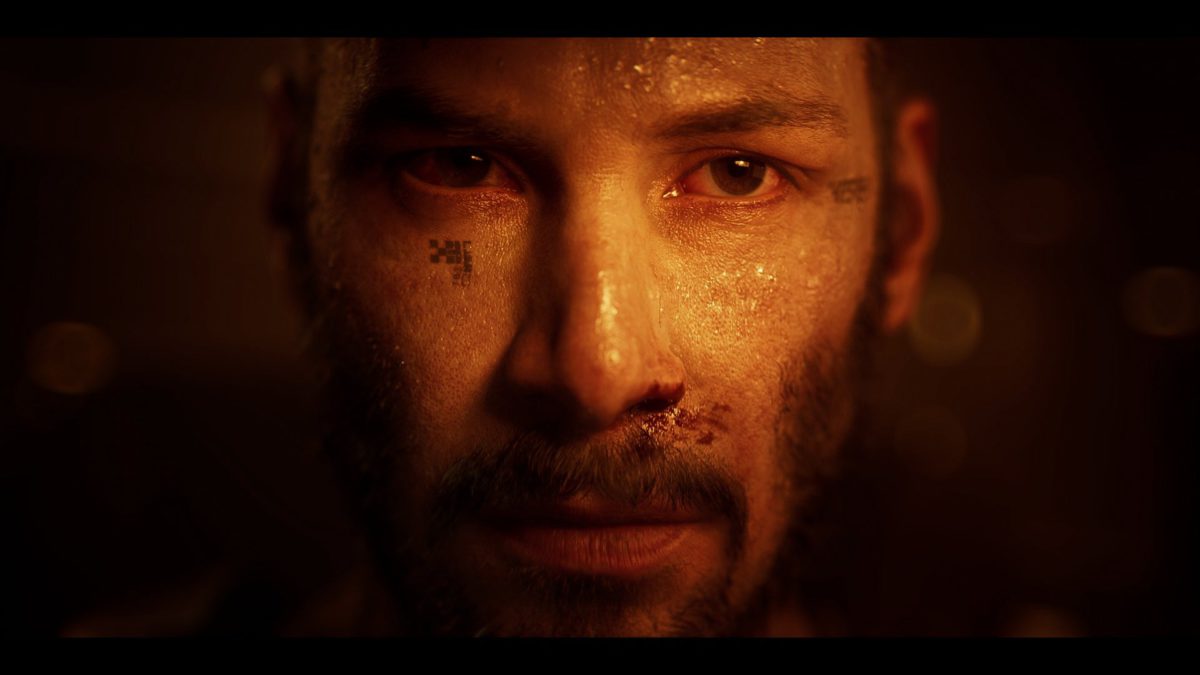The original Dying Light’s story ended with protagonist Kyle Crane suffering a miserable fate; either blasted to atoms by a nuclear bomb or twisted into an infected. But that, it turns out, wasn’t the end of his story. Techland’s new entry in the series, Dying Light: The Beast, appears to lock in the latter of those endings as canon, revealing Crane was held captive for 13 years, subjected to experiments by a villain known only as The Baron. Now free, Crane seeks revenge for the trials and tortures that have turned him into the titular beast. But, if what I’ve seen of this new Dying Light is representative of the entire game, it’s not the beast powers that change the game – it’s the guns.
Dying Light: The Beast began life as DLC for Dying Light 2, but developer Techland changed course after some of its work was leaked. The project bloomed into a full, standalone game (although if you did buy Dying Light 2’s ultimate edition you get The Beast for free – Techland promised DLC and intends to fulfil that promise). Perhaps because of this origin, The Beast feels very familiar. Much of what I saw in the 45-minute hands-off demo was very much a continuation of the 2022 zombie smasher, from the robust parkour, to the world design, to the ‘follow the yellow cable’ puzzles that activate UV-protected safe houses. This certainly doesn’t seem like a ‘full’ sequel, but there does appear to be enough fresh ideas to justify its transition to a standalone game.
The new map is more rural, with something of a ‘village’ feel. Yes, there are still buildings and rooftops to leap and vault across, but these are surrounded by dense woodland. The demo showed Kyle creeping through tall grass in an effort to avoid nighttime horrors (which, once again, are much stronger than the zombies that appear during the day). Kyle notably doesn’t seem to suffer from the same infection Adien did in DL2 – there’s no immunity gauge ticking down on the HUD – so he can seemingly stay out in the dark as long as he wants. His own mutations mean he can see the illuminated skeletons of approaching foes, Batman: Arkham detective vision-style, which should aid with stealth encounters.
The most significant new idea, though, is a more prominent use of guns. If you’ve played Dying Light 2 with its recent Firearms update then you already know a little of what to expect – the pistol, shotgun, and assault rifle featured in this demo were all the same as those added to DL2 earlier this year. But they seem key to the experience here, not just a powerful accessory. The Baron’s henchmen are all paramilitary types with body armour and rifles of their own. That means combat encounters with them are very, very different from the melee scraps with zombies and raiders that Dying Light has previously almost exclusively survived on. The Techland employee playing the demo for us used grenades to flush out entrenched gunmen and flanking tactics to snipe others. These encounters were lengthy, too; Kyle seems able to carry more than enough ammunition to chew through multiple squadrons.
Techland’s franchise director, Tymon Smektala, emphasised that Dying Light hasn’t been turned into a shooter. But I’d estimate nearly half the demo was played as an FPS. I don’t think that’s a bad thing, though, provided the combat encounters, associated level design, and weapon feedback all prove successful. It’s a smart way to provide a new spin on Dying Light’s otherwise largely unchanged formula. Not being able to play myself means I can’t say how good all this actually is, but it at least looked like a competent shooter – hardly Call of Duty, but solid enough.
The search for The Baron led Kyle into an underground lab where some kind of huge creature had torn its way out of a cage. A scientist there revealed it could be lured by a special gas, and so a cylinder of it was loaded onto a flatbed truck and driven to a junkyard. Yes, driving returns from Dying Light: The Following, although the truck doesn’t look quite as fun as the expansion’s buggy. Still, being able to hit and run zombies looks as enjoyable as ever, as their undead bodies burst and splatter against the headlights.
Releasing the gas in the junkyard summoned the Behemoth, a hulk-like freak with an inflated health bar and the strength to hurl cars. Firearms were effective at whittling that HP down, but when ammunition ran dry it quickly became clear that melee weapons wouldn’t cut it. And so, with just a few minutes of the demo left, Kyle let the titular beast out of its cage.
In beast mode Kyle becomes stronger and faster. He can pick up stone blocks and hurl them at enemies, as well as perform a ground pound that sends damaging ripples through the concrete, Hulk style. Easily tearing through the Behemoth’s remaining health, the battle concluded with Kyle ripping the monster’s head from its shoulders in a gory victory move. Safe to say beast mode looks very powerful, but also quite similar to the infected powers Aiden had in Dying Light 2. Unlike Aiden, though, it seems like Kyle can transform into the beast freely rather than only at specific story moments.
I’m surprised that Techland left the titular power to the very end of the demo. It meant there was little room to properly explore why the beast is so central to the game, so much so that I do wonder if it actually is as important as the title suggests. Instead, I left more interested in how guns and soldier enemies will change the overall rhythm of Dying Light. Hopefully they’ve been smartly woven into the campaign and feel fully integrated rather than awkwardly tacked on. If so, The Beast could well prove a worthy standalone game rather than just a respectable DLC sold separately.
Matt Purslow is IGN’s Senior Features Editor.








